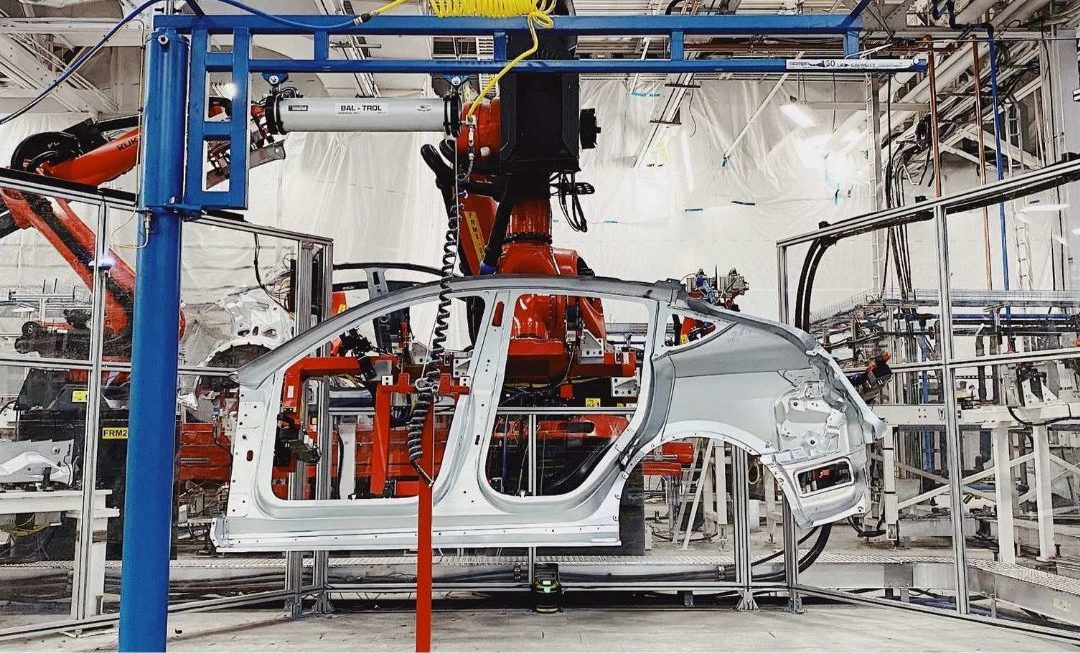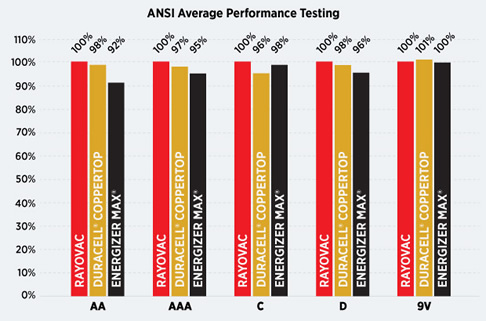Packing more energy into batteries is the key to delivering electric cars with longer range, smartphones that can last days—and cheaper electronic products all around and the Long Lasting Lithium- Oxygen Battery is here to the resuce.
The promise: Lithium-oxygen batteries represent one of the more promising paths toward that end. They could boost energy density by an order of magnitude above conventional lithium-ion batteries—in theory, at least. In a paper published today in Science, researchers at the University of Waterloo identified ways of addressing some of the major hurdles to converting that potential into commercial reality.
The challenge: A critical problem has been that as a lithium-oxygen battery discharges, oxygen is converted into superoxide and then lithium peroxide, reactive compounds that corrode the battery’s components over time. That, in turn, limits its recharging ability—and any real-world utility.
The advance: To get around the problem, researchers switched from a carbon cathode to one made of nickel oxide and supported by a stainless steel mesh. They also used molten salt for the electrolyte—the part of the battery that allows positively charged ions to move between the electrodes—and raised the battery’s operating temperature to 150 ˚C.
Those steps made it possible to achieve about three times the number of charging cycles as earlier lithium-oxygen efforts. The researchers also managed to increase the energy per unit of mass by more than 50 percent.
“This Long Lasting Lithium- Oxygen Battery discovery highlights immense opportunities …. to enable new battery technologies that can potentially rival lithium-ion batteries and other storage technologies,” MIT researchers write in an accompanying piece.
Wait for it …: But progress in the battery field is incredibly slow, requiring many years for promising advances in the lab to move into the commercial arena (see “Advance doubles the longevity of high-energy electric-car batteries.”) In particular, these batteries would still need to achieve far more life cycles to compete with products in the market today.
Linda Nazar, a coauthor of the study, stresses that the researchers haven’t provided a practical design for commercial production of lithium-oxygen batteries, which she says is more than 15 years away.
“We may be infinity from commercialization—as our Lithium- Oxygen Batterybattery is designed—but more importantly this concept will hopefully lead to new designs that may get us there,” she said in an e-mail.
Aug 23 2019










